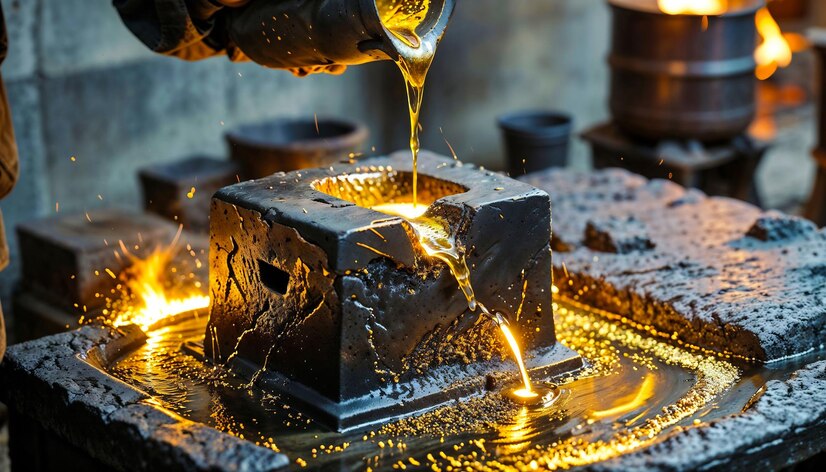Plastic molding and die casting are two primary manufacturing processes used to create a wide range of products. While both involve the creation of molds to shape materials, they differ significantly in terms of materials, processes, and applications.
Plastic mold and die casting are two fundamental manufacturing processes employed to produce a vast array of products.
While both involve the creation of molds to shape materials, they differ significantly in terms of materials, processes, and the characteristics of the resulting parts.
This comparison delves into the key distinctions between plastic molding and die casting, exploring their respective advantages, limitations, and typical applications.
By understanding these differences, manufacturers can make informed decisions about which process best suits their specific product requirements.
Materials and Processes
Plastic Molding: Involves die casting mold injecting molten plastic into a mold cavity to create plastic parts. Thermoplastics and thermosets are commonly used materials.
Die Casting: Involves injecting molten metal, such as aluminum, zinc, or magnesium, into a mold cavity under high pressure.
Mold Design and Construction
Plastic Mold: Typically made from steel or aluminum, with intricate details and cooling channels.
Die Casting Mold: Constructed from high-temperature resistant steel alloys to withstand the high pressures and temperatures involved.
Production Process
Plastic Molding: Involves lower pressures and temperatures compared to die casting.
Die Casting: Requires high-pressure injection of molten metal, demanding robust mold construction.
Part Characteristics
Plastic Molding: Offers flexibility in design, color, and material selection. Produces parts with good surface finish but generally lower strength compared to metal castings.
Die Casting: Produces parts with high strength, durability, and dimensional accuracy, but design flexibility is limited compared to plastic molding.
Applications
Plastic Molding: Widely used in consumer goods, electronics, automotive, and medical industries for producing a variety of parts.
Die Casting: Primarily used in automotive, electronics, hardware, and machinery industries for components requiring high strength and durability.
Cost Considerations
Plastic Molding: Generally lower tooling costs compared to die casting, but production costs can vary depending on part complexity and material.
Die Casting: Higher tooling costs due to the use of high-temperature resistant materials and complex mold designs.
Environmental Impact
Plastic Molding: Can contribute to plastic waste if not properly managed. However, advancements in recycled plastics and sustainable practices are improving the environmental profile.
Die Casting: Involves the use of metals and can generate hazardous waste, requiring proper disposal and recycling.
In conclusion
Both plastic molding and die casting are essential manufacturing processes with their own strengths and weaknesses. The choice between the two depends on factors such as part design, material requirements, production volume, and cost considerations.
Would you like to explore specific applications or delve deeper into the advantages and disadvantages of each process?
Additional:
- Is Capital Goods A Good Career Path?
- Is Steel Or Iron Ore A Good Career Path?
- How Many Jobs Are Available In Electric Utilities Central?

